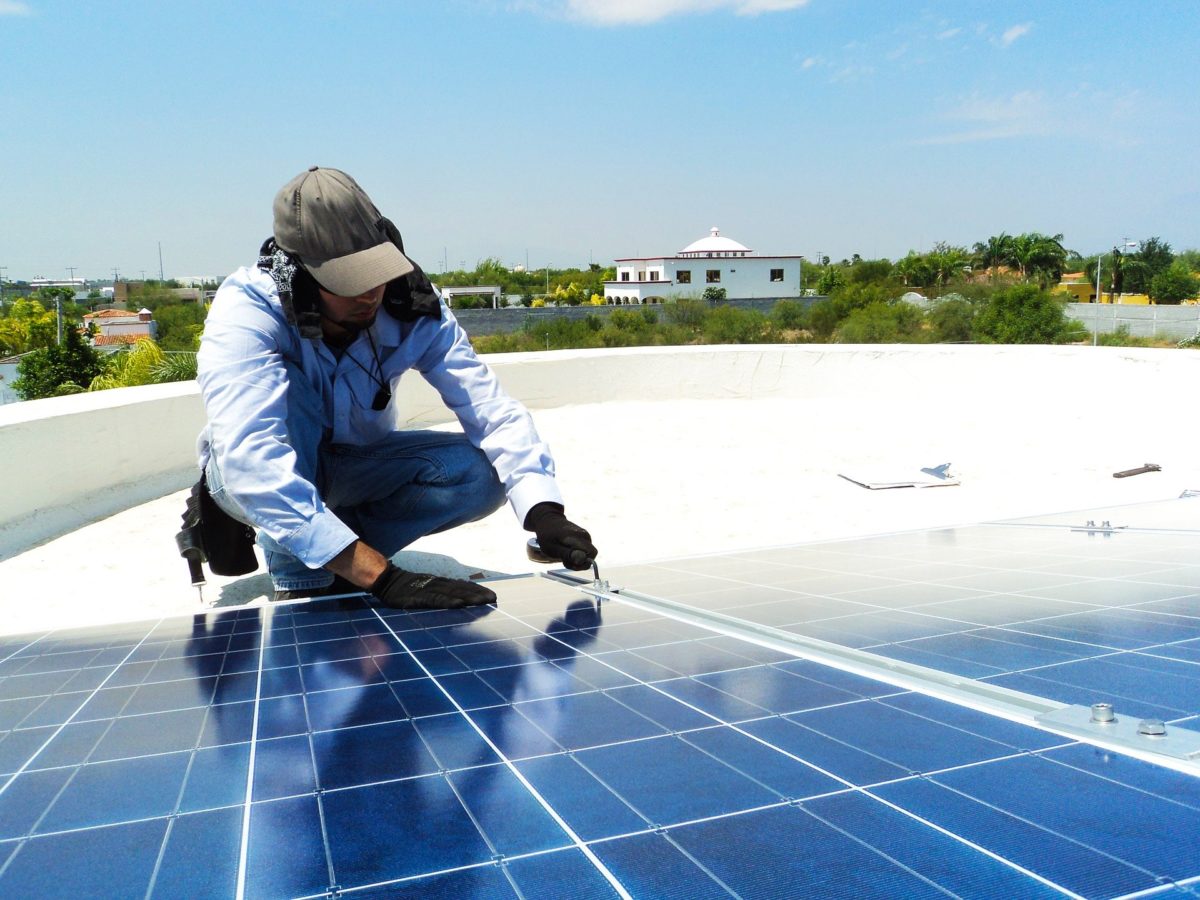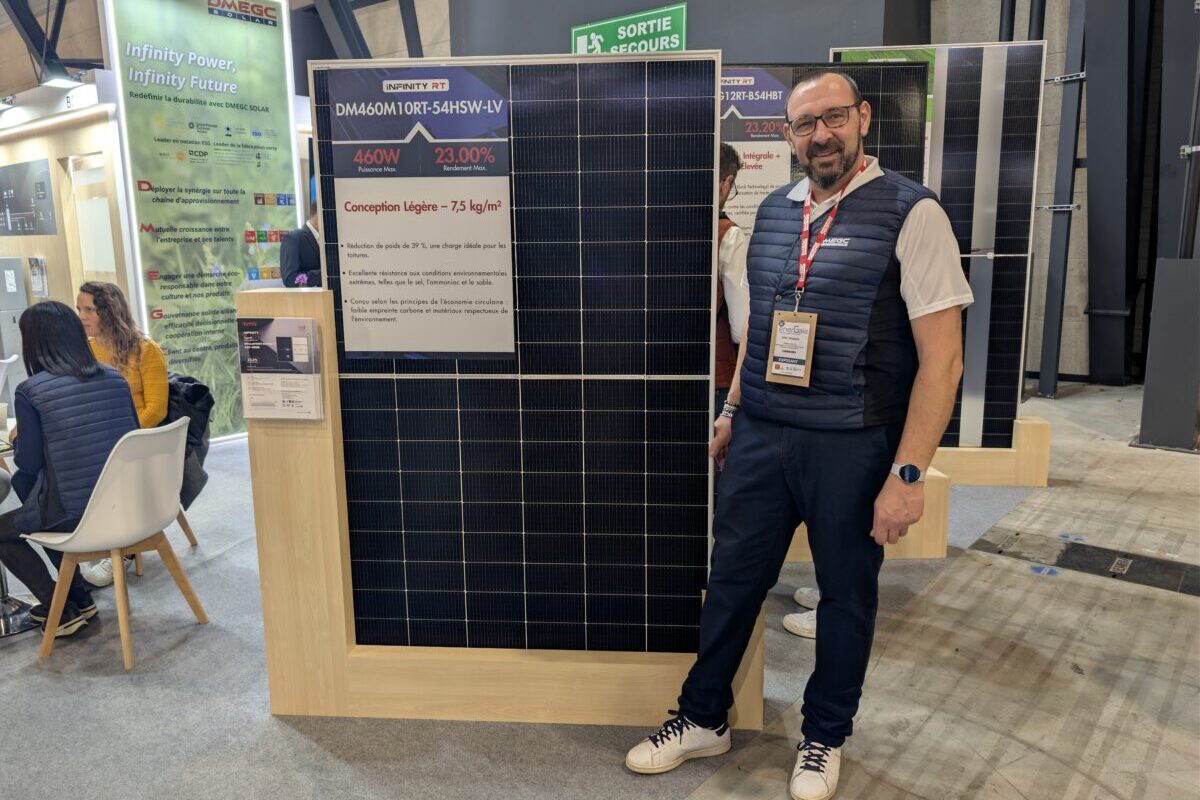A researcher team from the University of New York is proposing a new technique to calculate the optimum angular-tilt of PV panels for a planar surface at a specific site.
Described in the paper The quest for the optimum angular-tilt of terrestrial solar panels or their angle-resolved annual insolation, published on the ScienceDirect website, the new approach is based on multiple, freely accessible satellite-retrieved data products, which Schuster claims can track total all-sky insolation levels with a minutely changing global solar spectrum over many years.
“While time-resolved annual insolation profiles can considerably vary among each other, the solar angle-resolved profile turns out to be robust to climatic conditions and is even site-independent for latitude-tilted panels,” the scientists affirmed.
Assessing the right solar spectrum
They stressed that for getting the right angular tilt installers should consider not only a site’s geographical altitude, latitude and longitude, but also earth’s rotation, obliquity, orbital eccentricity and revolution around the sun.
The research group also said that recurring temperature extremes, higher atmospheric pollution levels, intensified water crisis and disastrous river dynamic may also have consequences for the solar spectrum and zonal albedo. “In the end, the actual solar spectrum remains the key parameter to know, because all other parameters are directly or indirectly depending on it,” the researchers specified.
The proposed model is said to be able to produce realistic irradiance profiles and to accurately analyze the insolation level as a function of the angular-tilt, as well as the solar angle dependency.
Comparing solar spectra
The scientists have utilized the method to compare long-time averaged solar spectra at distinct climatic locations such as Trondheim (Norway), Paris (France), Cairo (Egypt) and Nairobi (Kenya), which were chosen as representative of different climatic characteristics. “Whereas the spectrum of Nairobi qualitatively experiences the greatest energy loss in the near infra-red, the spectra of Trondheim and Paris suffer the most in the visible range; the spectrum of Cairo instead resembles most the AM 1.5G standard, because it apparently differs from it just by a scaling factor of 0.6,” the paper notes.
The AM 1.5G standard solar spectrum designed by the US Department of Energy’s National Renewable Energy Laboratory (NREL) is one of two existing standards defined for terrestrial use and is designed for flat plate modules and has an integrated power of 1000 W/m2.
Environmental factors
The paper’s authors stated that the quest for the optimum angular-tilt of a terrestrial solar panel might not solely be resolved by maximizing its annual insolation level, and that solar resource data are also a decisive factor. They cites ice, snow, daily heat and cold cycles or soiling caused by hardened dust, sand, dirt, pollen, leaves and bird dropping as environmental factors that have a major impact on the useful energy output of a solar energy system over its operational lifetime.
“If environmental factors and installation restraints prevent a clear definition or application of the optimum angular-tilt, the annual insolation level might instead be best exploited by the inverse approach: for a given angular-tilt, the panel’s reflection properties are optimized to its angle-resolved annual insolation profile, as it mostly depends on astronomical factors,” the researchers stated.
They believe the findings of this study can potentially unlock innovative yield optimization methods for the installation of PV systems.
This content is protected by copyright and may not be reused. If you want to cooperate with us and would like to reuse some of our content, please contact: editors@pv-magazine.com.




The right angle is +10° of latitude location….